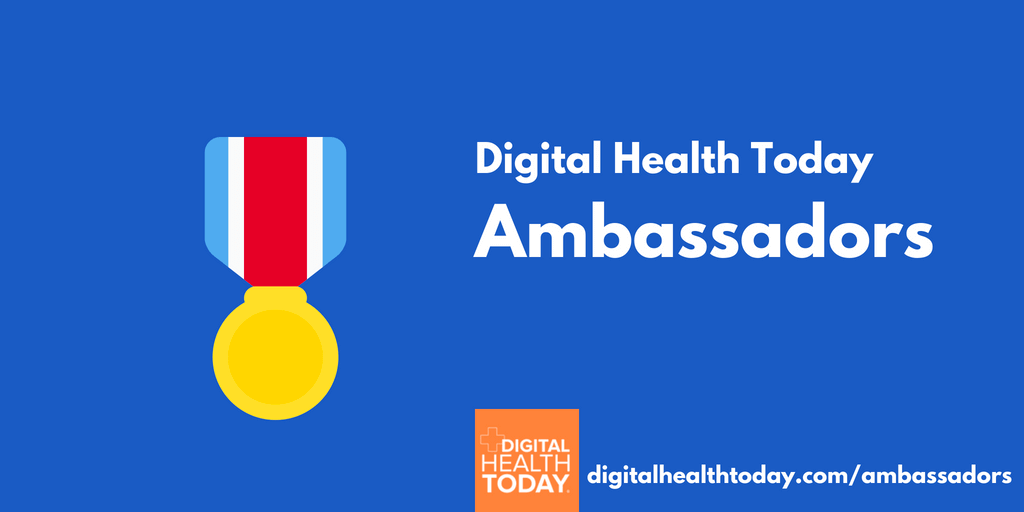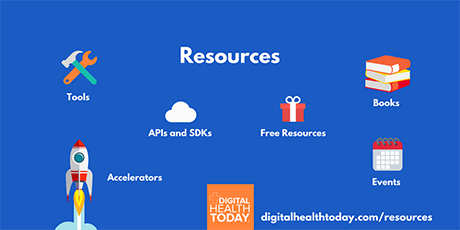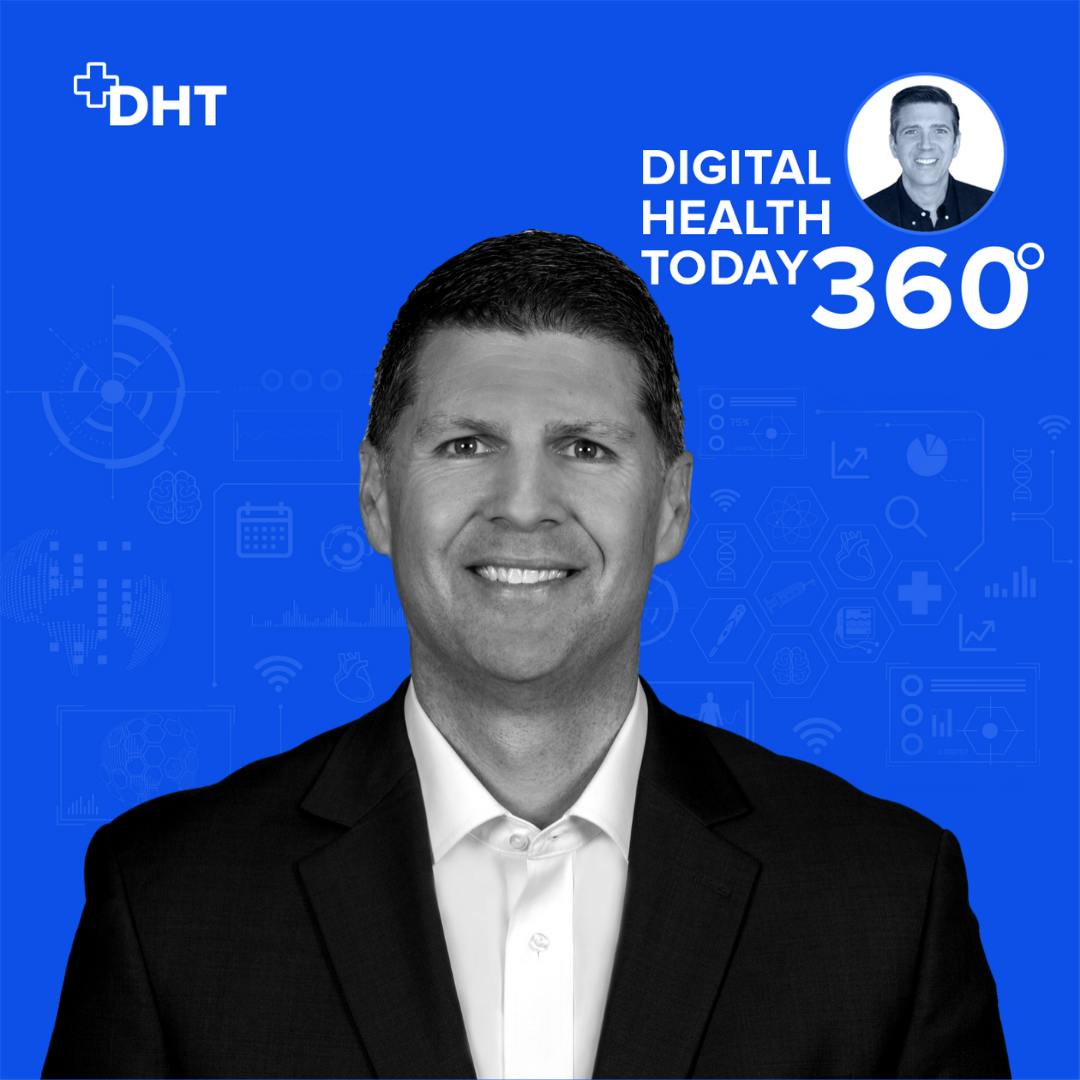Our guest in this episode is Todd Pope, the President and Chief Executive Officer of TransEnterix, a company that is digitizing the interface between laparoscopic surgeons and patients through the use of their robot. Todd shares some of the ways that robotics are changing the landscape of surgery today, and he explains how technologies such as artificial intelligence and computer vision further enhance these capabilities.
Todd has more than 25 years of experience in key leadership positions within the medical device industry. He was the Worldwide President at Cordis, which is a multibillion-dollar division within Johnson & Johnson’s medical device sector, and he previously held a number of leadership there at Johnson & Johnson as well as Boston Scientific. He was also named as one of Time Magazine’s “50 Most Influential People in Healthcare” for 2018.
Are robots really ‘Digital Health’?
When people ask me to define Digital Health I normally include a whole host of products, software and technology – everything from 3D printing and Augmented Reality, through to digital therapeutics and virtual reality. One of the technologies that I include in the list is robotics.
We’re seeing huge leaps in other technologies like AI, computer vision, augmented reality, and as those technologies begin to converge you’ll see even more capabilities being delivered through things like robots. We’re already seeing a boom in consumer robotics around the world. The tech that has transformed manufacturing floors for years is moving well beyond that environment and into places like hotels, bars, and even in homes.
And although robots have been around since well before the term ‘digital health’ was coined, their impact on healthcare is at an infancy stage. The robots of today are bigger, have fewer applications, and are far less intelligent than robots will be in 5 to 15 years from now. The same can be said about the improvements to computers and mobile devices – but you didn’t wait to begin using computers 5-15 years ago until the smartphone or tablet computer was invented. You used what was available and increased your dexterity and applications of these machines as the technology changed and improved. So why should the healthcare sector wait 20 years for some future generation of robot, and overlook the capabilities and benefits that robots can deliver today?
Tune into this episode to hear Todd’s insights on the ingredients for success in creating robotic technology, and how TransEnterix has addressed the entire value chain that shapes how these important devices can be adapted to fit into the business models and cost constraints of the hospitals that need them. Plus, he shares how other technologies, such as AI and AR, can be incorporated into robots for a more connected and data rich experience in the OR.
Today’s Topics:
- How Todd discovered the opportunities in surgical robotics
- The key challenges in surgery that robotics can address
- Balancing the costs and benefits of robotics in healthcare and how these services can be mitigated
- The growing markets for robotics and how they plan to prioritize sales focus
- Training requirements and deployment of robots
- The future for robotics in healthcare as artificial intelligence, augmented reality and computer vision converge with robotic technology
Links and Resources Mentioned:
- Todd Pope on LinkedIn
- TransEnterix on Twitter
- TransEnterix on LinkedIn
- TransEnterix on the Web
- Digital Health Events
- Join Digital Health Today
This episode of Digital Health Today is made possible thanks to our sponsors. Thank you!








